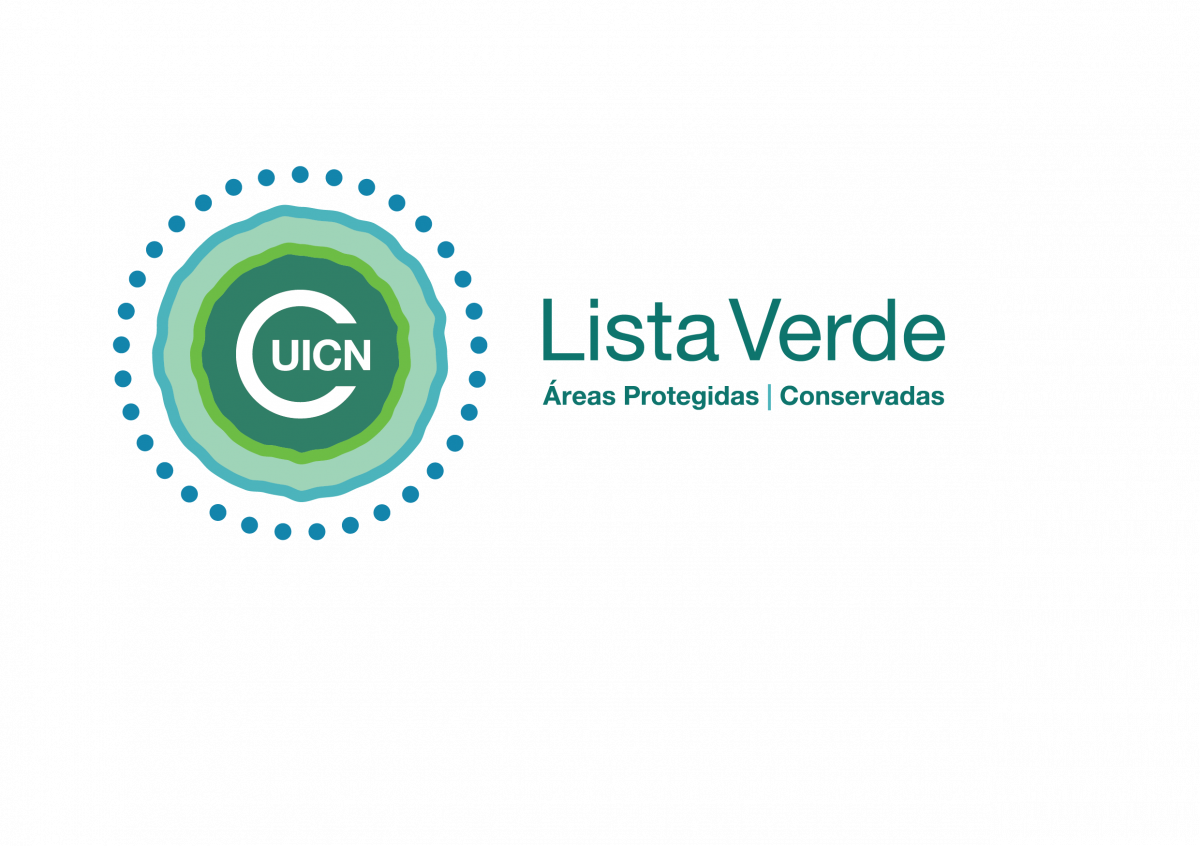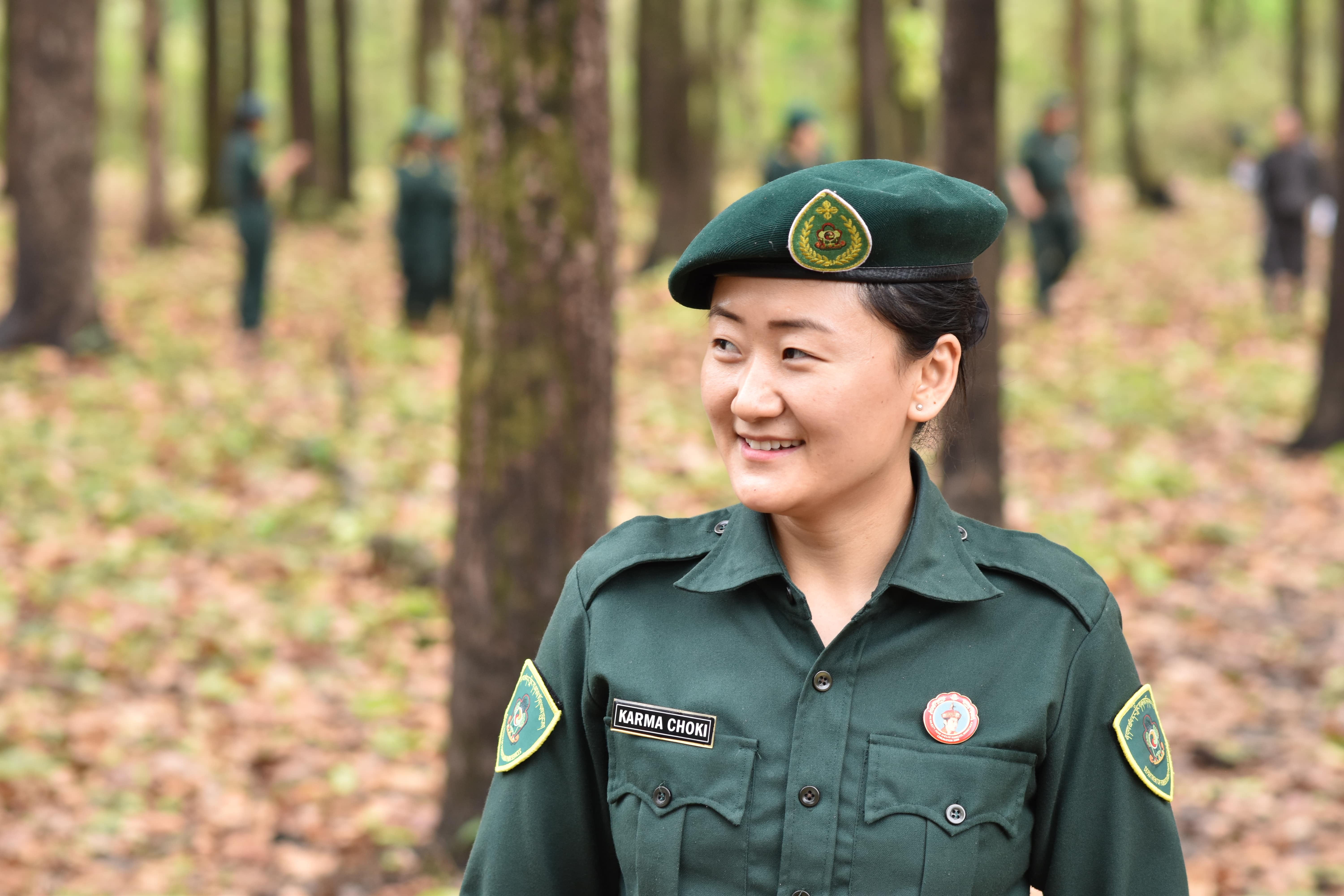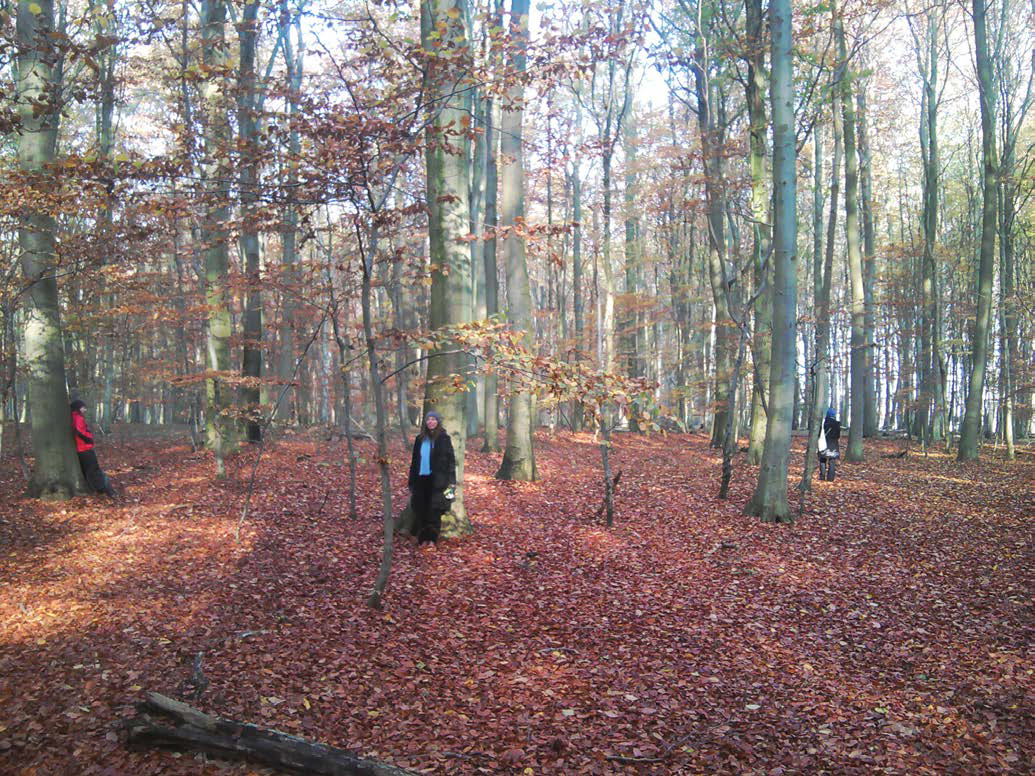Kin, a man of the jungle, saving the jungle
The Lacandones are an indigenous Mayan group that inhabit the Lacandona Jungle of Chiapas, in the south of Mexico. The Lacandones of the North live in the Nahá and Metzabok communities, which are now surrounded by other indigenous groups with different worldviews and ways of life. The Lacandones farm and make handicrafts, have polytheistic religious beliefs and have a worldview of nature requires them to ask their gods permission to use natural resources and to care for biodiversity, as if they were taking care of the deities themselves.
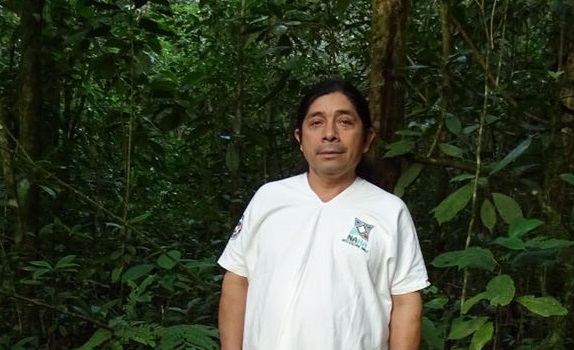
Photo: CONANP
Kin, 58, tells us that "without jungle there is no oxygen, there is no fertilizer for the land, there is no water, no rain." His father taught him that we must take care of the jungle so that future generations know it, that the jungle must be kept clean and pure, that the jungle is the only thing they have. Kin has been responsible for passing these teachings to his children and grandchildren. All inhabitants of Nahá were educated this way, hoping to avoid the destruction of the Lacandon Jungle due to the expansion of the agricultural and livestock areas.
Kin says that in recent years the patterns of rain in Nahá have changed: some years it hardly rains and other years it rains torrentially, flooding their milpas (maize-fields), and destroying the crops. The Mayan knowledge transmitted to Kin taught him that the lack of rain is due to the lack of trees, to deforestation.
In 2002, 22 Lacandon people decided to form a cooperative and create the Nahá Ecotourism Center as an economic alternative to agriculture. From its foundation to today, Kin has been the president of the cooperative and the ecotourism center.
The Nahá Ecotourism Center was built in areas that had previously been used for agriculture and which no longer had jungle vegetation. The Ecotourism Center economically supports the community, and equally sells the crafts that they manufacture from materials obtained from the forest, materials that they treat conscientiously.
The Lacandones are also a farming people who grow maize, cassava, sweet potato and other products for their own consumption, and sell their surplus production. Their agricultural practices however allow soils to conserve their nutrients and allow for the regeneration of vegetation, as the plots are worked for a period of two years followed by two years of rest.
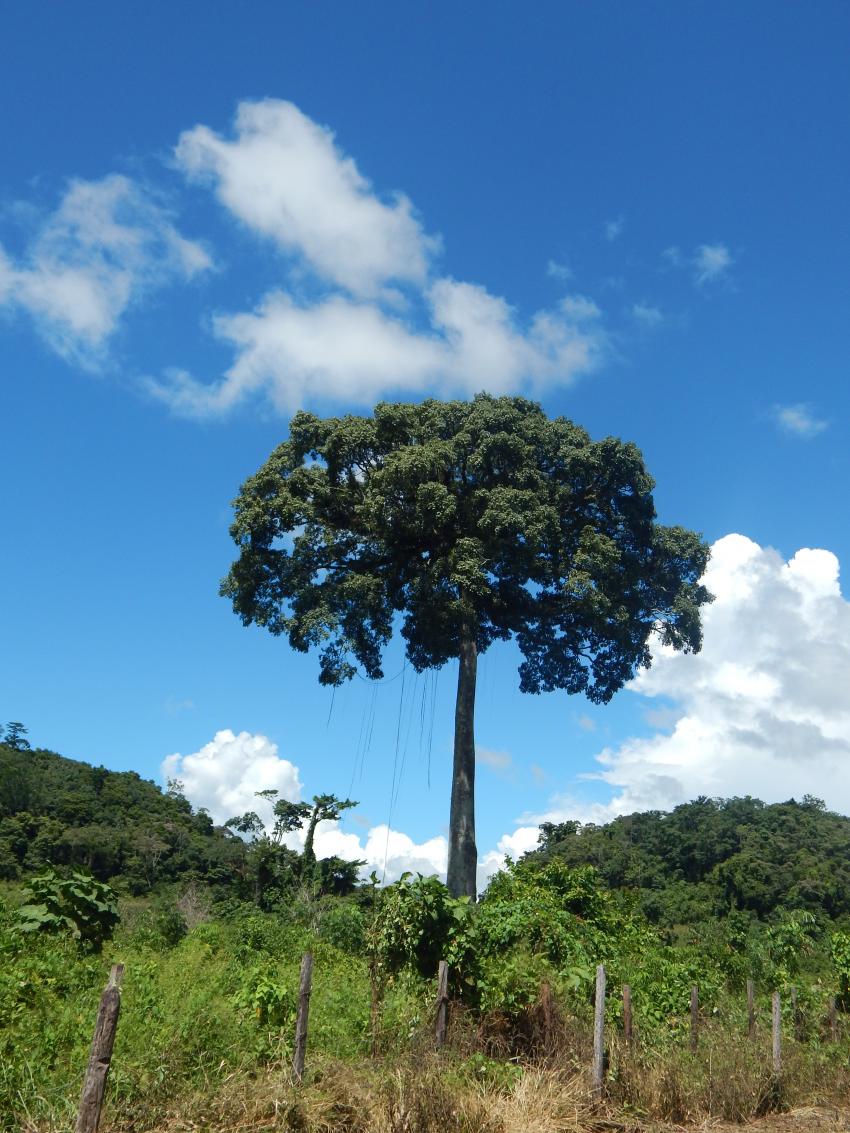 Photo: Bogar Gálvez, CONANP
Photo: Bogar Gálvez, CONANP
Following the construction of the Nahá Ecotourism Center, Kin has led reforestation actions and, together with the members of the cooperative, has restored deforested areas with trees in the region (mahogany, canchan, black cork, and sapote boy, among others). Through the collection of seeds and their careful germination, today many of the territories that were deforested now have regrowth that hosts pheasants, parrots, deer and jaguars: animals that had no longer been seen in the region for many years.
Over the years however, some members of the community lost faith in the project. Despite this, Kin moved on and the project is still standing thanks to his perseverance. His work is not limited to his community only and he has engaged in dialogue with neighbouring communities to join the action of conservation of vegetation, fauna and water.
The Lacandona community of Metzabok was one of them: its inhabitants claim that the removal of the vegetation cover in the high parts of the mountain caused heavy floods, aggravated by irregularities in the patterns of rain. The area also suffered from hunting. The inhabitants of Metzaboc subsequently approached the federal government to request that the zone be protected. As a result, in 1998, Nahá and Metzabok were decreed Natural Protected Areas (NPA), under the category of Protection Area of Flora and Fauna (IUCN Category IV).
At the Nahá Ecotourism Center, people can take walks through the jungle through trails, observe ceremonies of the Lacandon people and learn about their culture, visit the lagoons, and admire the natural beauty. In turn, Kin and the rest of his community have the opportunity to conserve the rainforest, sustainably use its resources and transmit their knowledge of, and love for nature.
Kin says that since the creation of the Ecotourism Center "the forest has become more beautiful, there are more trees, there are more animals ... it seems mountain again." Kin wants to continue transmitting his experience with the neighbouring communities so that everyone can be part of the area’s conservation and understand that the forest must be taken care of, so it can take care of us as well.
